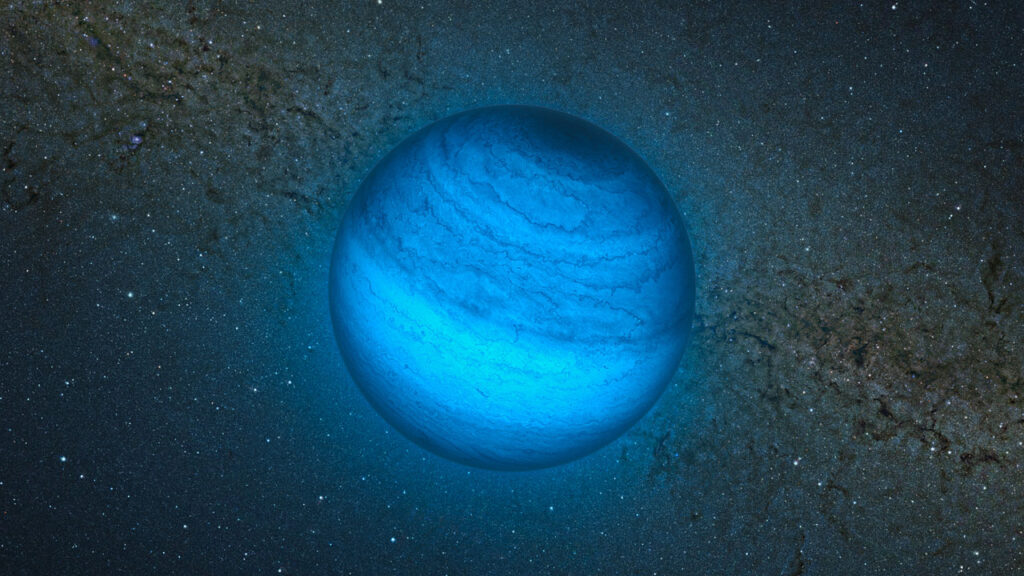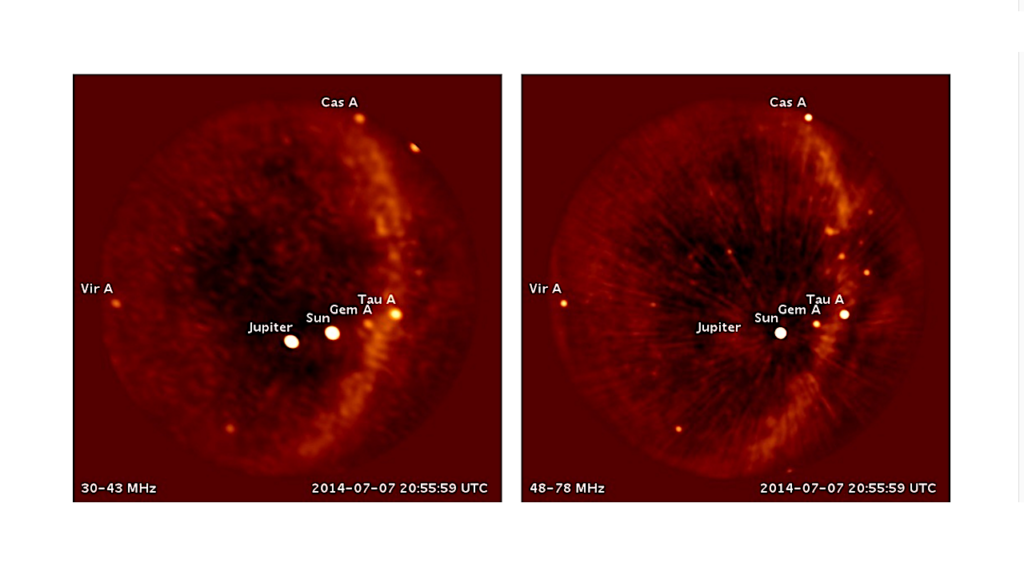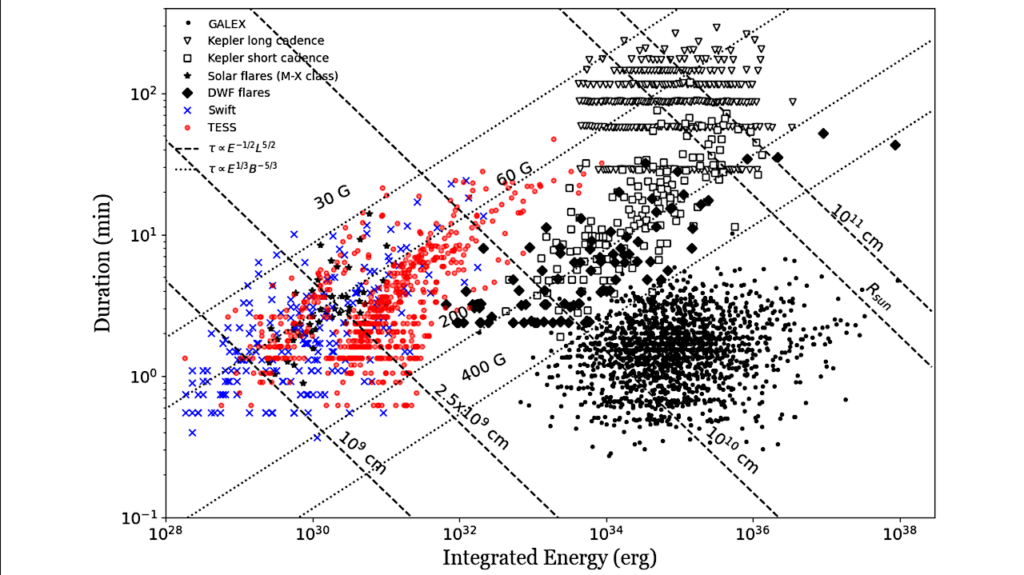Spatially Resolved Spectroscopy Across Stellar Surfaces. V. Observational Prospects: Toward Earth-like Exoplanet detection

Testing 3D hydrodynamic models of stellar atmospheres is feasible by retrieving spectral line shapes across stellar disks, using differential spectroscopy during exoplanet transits.
From synthetic data at hyper-high spectral resolution, characteristic patterns for FeI and FeII lines were identified in Paper IV from 3D models spanning T=3964-6726K (spectral types approx. K8V-F3V). The observability of patterns among lines of different strength, excitation potential and ionization level are now examined, as observed at ordinary spectral resolutions and in the presence of noise. Time variability in 3D atmospheres induces changes in spectral-line parameters, some of which are correlated. An adequate calibration could identify proxies for the jitter in apparent radial velocity to enable adjustments to actual stellar radial motion. We also examined the center-to-limb temporal variability.
Recovery of spatially resolved line profiles with fitted widths and depths is shown for various noise levels. Signals during exoplanet transit are simulated. In addition to Rossiter-McLaughlin type signatures in apparent radial velocity, analogous effects are shown for line depths and widths. From exoplanet transits, overall stellar line parameters of width, depth and wavelength position can be retrieved already with moderate efforts, but a very good signal-to-noise ratio is required to reveal the more subtle signatures between subgroups of spectral lines, where finer details of atmospheric structure are encoded.
In a solar model, temporal variability shows correlations between jittering in apparent radial velocity and fluctuations in line depth. Since both fluctuations in line depth and jittering in wavelength can be measured from the ground, searches for low-mass exoplanets should explore these to adjust apparent radial velocities to actual stellar motion.
Dainis Dravins (Lund), Hans-Günter Ludwig (Heidelberg), Bernd Freytag (Uppsala)
Comments: 13 pages, 7 figures, accepted for publication in Astronomy & Astrophysics
Subjects: Earth and Planetary Astrophysics (astro-ph.EP); Instrumentation and Methods for Astrophysics (astro-ph.IM); Solar and Stellar Astrophysics (astro-ph.SR)
DOI: 10.1051/0004-6361/202039997
Cite as: arXiv:2103.04996 [astro-ph.EP] (or arXiv:2103.04996v1 [astro-ph.EP] for this version)
Submission history
From: Dainis Dravins
[v1] Mon, 8 Mar 2021 19:00:00 UTC (5,040 KB)
https://arxiv.org/abs/2103.04996
Astrobiology,








